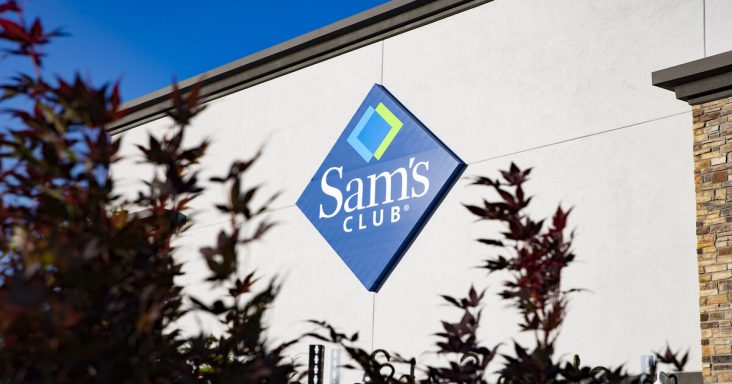Walmart and Sam’s Club supply chain divisions to merge
by September 23, 2024 5:18 pm 2,213 views

Walmart recently announced a merger of Sam’s Club’s corporate supply chain employees with Walmart’s internal supply chain. David Guggina, head of supply chain operations at Walmart, confirmed the news first reported Sept. 20 on social media.
Guggina said the integration would support the long-term growth of both companies. Sam’s Club said no job cuts are anticipated with the transition.
“This is a big step in our growth journey, bringing together a supply chain that is future-ready to serve both Sam’s Club and Walmart for the long term,” he said. “The collaboration is expected to streamline operations and accelerate growth by leveraging Walmart’s expansive enterprise systems and infrastructure.”
Walmart has had success merging operations within its business unit. Walmart U.S. CEO John Furner in 2020 consolidated digital and in-store buying employees into one merchandising unit on the heels of several other operational shifts aimed at uniting the supply chain.
The news also comes as Sam’s Club plans to open 30 new stores within four to six years. Each business has also invested in technology to create efficiency within a more modernized supply chain that includes robotics and AI-powered applications.
Scott Benedict, CEO of Benedict Enterprises, said some synergies can result from merging back-office operations. Sam’s and Walmart have similar supply chains that support physical shopping and the separate growing online businesses. In some areas like Searcy, Ark., the distribution centers for Sam’s Club and Walmart are close together and in some cases the same complex, he said.
Benedict said the advertising businesses could be another area that could be merged.
“Walmart Connect and MAP at Sam’s Club are run independently of each other. Given they are using the same technology and in many cases serving the same suppliers it seems like there would be synergies and efficiencies if these businesses worked more closely. Perhaps it would allow them to provide more a comprehensive service that their competitors could not deliver,” Benedict said.
Marketing is one area where Benedict believes an organizational merger would not work given each retailer’s unique message format.
“For decades these two businesses have largely operated independently and done so with success. It will be interesting to see how this organizational shift goes and if there might be others in the future,” he said.
